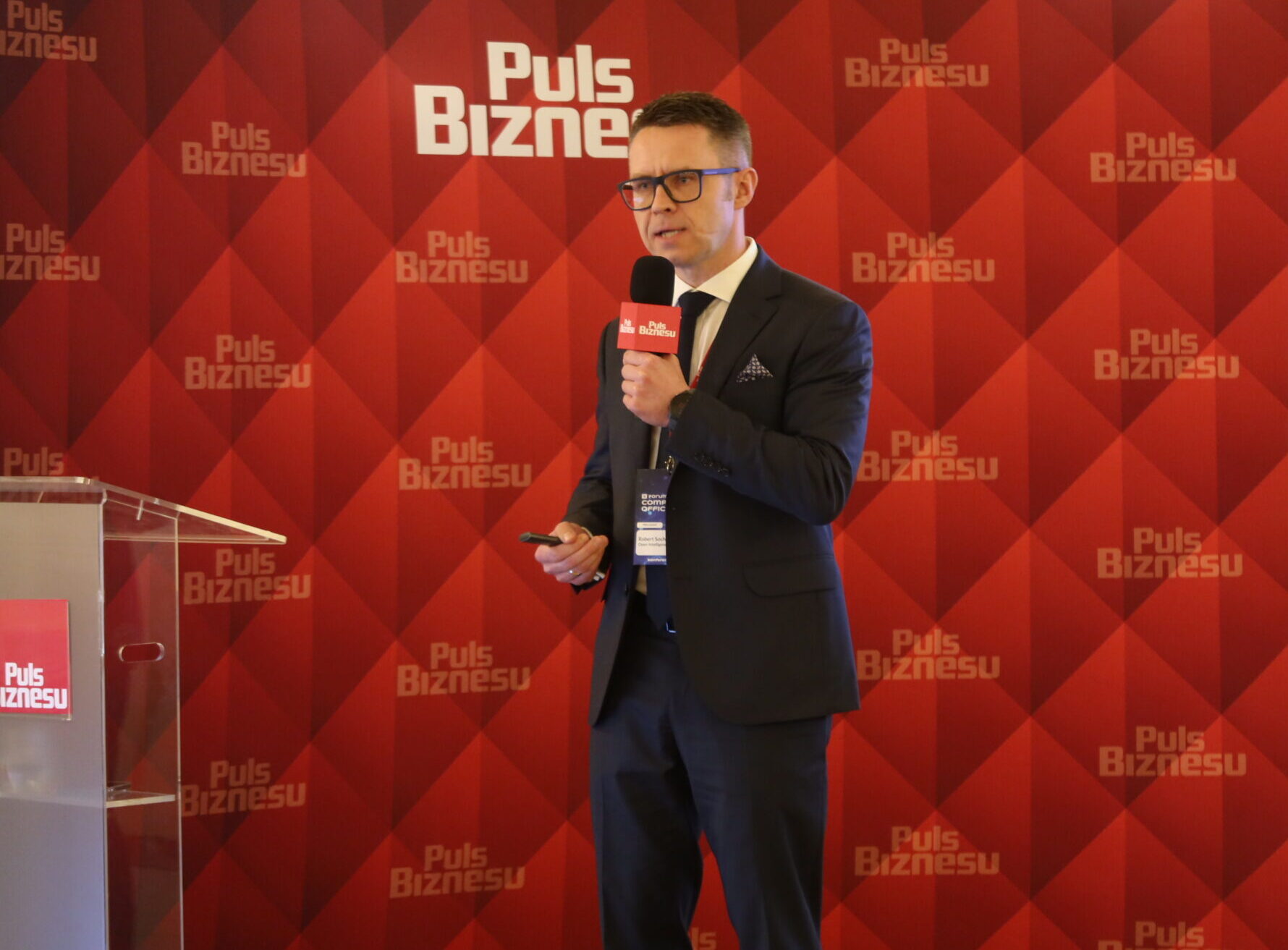I spent almost two decades in journalism, mostly doing long-form investigations for television in my native Poland. A few years ago, I decided to leave the TV station for a job as Google’s main trainer for the media in Central and Eastern Europe. My job involved running workshops for journalists, mainly on advanced search techniques, verification and fact-checking, and working with data, among other things. It was a pleasant experience but a fixed-term contract. When it ended, I had to figure out what was next.
I realized that I had been doing investigations all my life. In addition to my years spent in investigative journalism, I was educated as a lawyer and trained as a prosecutor, though I never held those roles.
The Google experience sparked in me a deeper interest in all the tools and techniques involved with Open Source Intelligence (OSINT), the practice of collecting and analyzing publicly available information for investigations.
I decided to set up a consultancy I described as “investigative research and risk advisory with journalistic roots.” My idea was to do investigative due diligence for private clients, leveraging my journalistic and legal skills with some experience doing workshops on OSINT as well as minor commercial stints in the field.
Shortly after the 2022 full-scale Russian invasion of Ukraine, I was approached by a client who wanted to do a comprehensive, enhanced sanctions screening on a number of companies, including identifying any Russian links they wanted to avoid. The work was demanding and time-consuming, but also eye-opening, and it gave me a crash course in sanctions.
Often referred to as restrictive measures, sanctions are implemented by governments or international bodies — such as the European Union or the United Nations — to pressure individuals, companies, or states that breach international law, violate human rights, or threaten security. Such measures may involve trade restrictions, travel bans, or the freezing of assets. At present, Russia is the primary target of global sanctions.
The process of sanctions screening involves not only checking names and companies against sanctions lists, but also using investigative skills to properly map the entire corporate structure (which might be multi-layered and transnational). This includes identifying owners who might ultimately benefit, as well as people who control the company without having any formal links to it; for example, a sanctioned individual trying to conceal their involvement.
Sanctions are mostly considered a legal niche, but I’ve come to realize that there is a niche within that niche: enhanced investigative screening of sanctions using open source tools and techniques. You can uncover tons of information if you know where to look. I quickly realized that many lawyers don’t seem to know much about the potential of open source tools — they focus instead on the formal side of sanctions. It also struck me that enhanced sanctions screening has a lot in common with investigative journalism as well as forensics: you seek to uncover hidden links, and shine light on bad actors. Tools are great for this, but experience and critical thinking are even more important.
The movie “Spotlight,” about a team of reporters at The Boston Globe whose work uncovered a global priest sex abuse scandal in the Roman Catholic Church, is one of the best films about investigative journalism. The actor Liev Schreiber — who played the Globe’s editor-in-chief at the time, Marty Baron — said that journalists spend most of their time wandering in the dark until they finally see the light. Thanks to my Nieman fellowship, I was able to visit the Globe’s newsroom, and during my Nieman year, meet some of the real reporters that the movie is based on and hear details of how they conducted their investigative work.
The process of investigating sanctions is similar. You try to identify who stands to benefit the most, and who controls a company beyond its formal structure, by putting all the different puzzle pieces together. You dig into multiple jurisdictions and tax havens; identify false fronts and shell companies; run searches for adverse or negative media; search social media; check where a company’s website is hosted (which can reveal hidden clues); search official and unofficial company registers; and identify PEPs (Politically Exposed Persons) — whose involvement can indicate an increased risk of corruption. It's time-consuming and labor-intensive work. It's easy to get discouraged, but there's no other way to uncover the truth. The key to success is perseverance and creativity, which allow you to connect seemingly unrelated elements into a single, cohesive picture — quite often literally. Graphic links analysis can show your client where the risks are hidden.
Sanctions screenings are about uncovering the truth and working for a good cause — the same DNA as investigative journalism. They are a very important topic in my part of the world, especially pertaining to Russia. My hometown in Poland is just a two-hour drive to the Ukrainian border.
Months ago, I set up a few Google alerts related to sanctions in order to follow the topic across the internet (I am a big fan of Google alerts, a simple yet powerful tool for journalists). It gave me an idea: what if I put together a monthly newsletter of ‘top ten’ sanctions topics in the news? I curate ten topics from the sea of daily Google alerts about sanctions, and it has proven to be a fun, innovative way to leverage Google alerts to create a newsletter.
I launched the sanctions newsletter on LinkedIn to reach a business audience and, eventually, prospective clients. At first I saw it as a low-stakes experiment in building visibility and strengthening my network, but I have been surprised by the amount of positive feedback I’ve received. The monthly newsletter is still in its infancy, but I feel that it will evolve with each new issue. The journey has just begun. This experience has shown me that there’s no such thing as a former journalist (as Poynter’s Roy Peter Clark points out). Whether you are still in the field or recently left it, remember that journalism develops core competencies: reading, writing, telling stories, investigating, synthesizing and analyzing that can be used in countless ways. Find your niche, build visibility, and maybe even launch a newsletter.
Robert Socha was a 2017 Nieman Fellow. He spent almost two decades in journalism, mostly as a reporter and producer of long-form TV investigations. He currently runs a consultancy focused on investigative due diligence with OSINT, and specifically sanctions screening.



